The application of this model to the Tillandsia of Georgia worked really well, now I want to see if it will work for temperate New Zealand forests.
To finish, here is a photo illustrating the significant habitat that nest epiphytes can create for many other species.
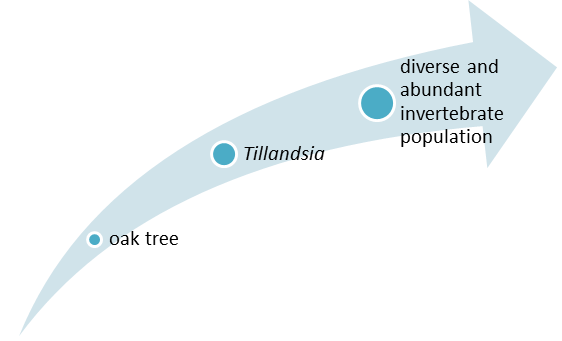
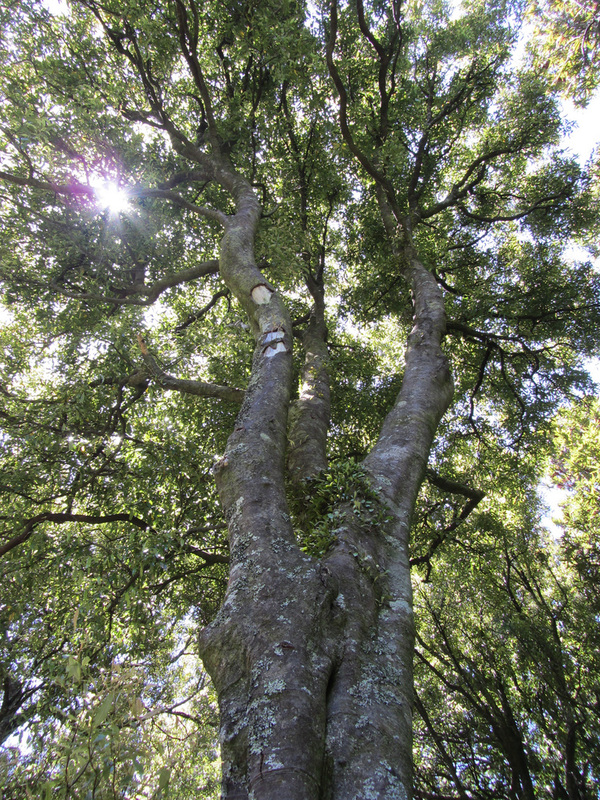
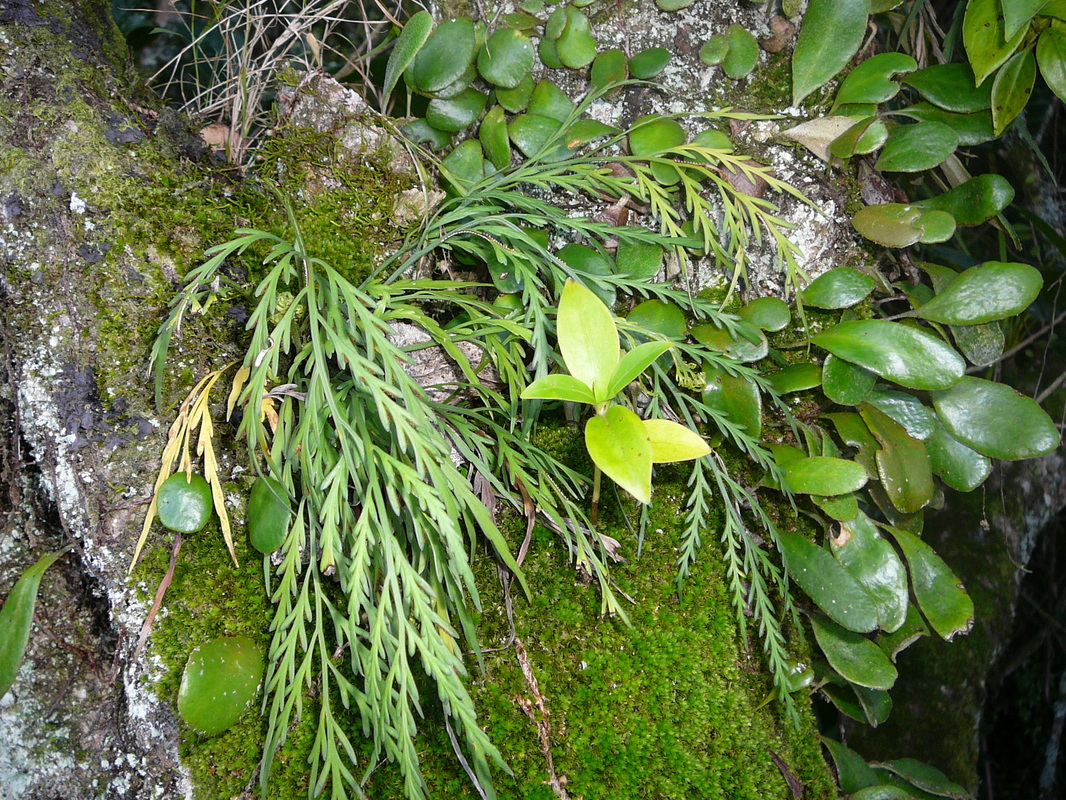
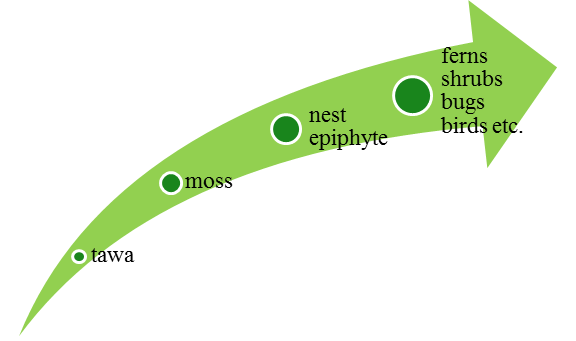
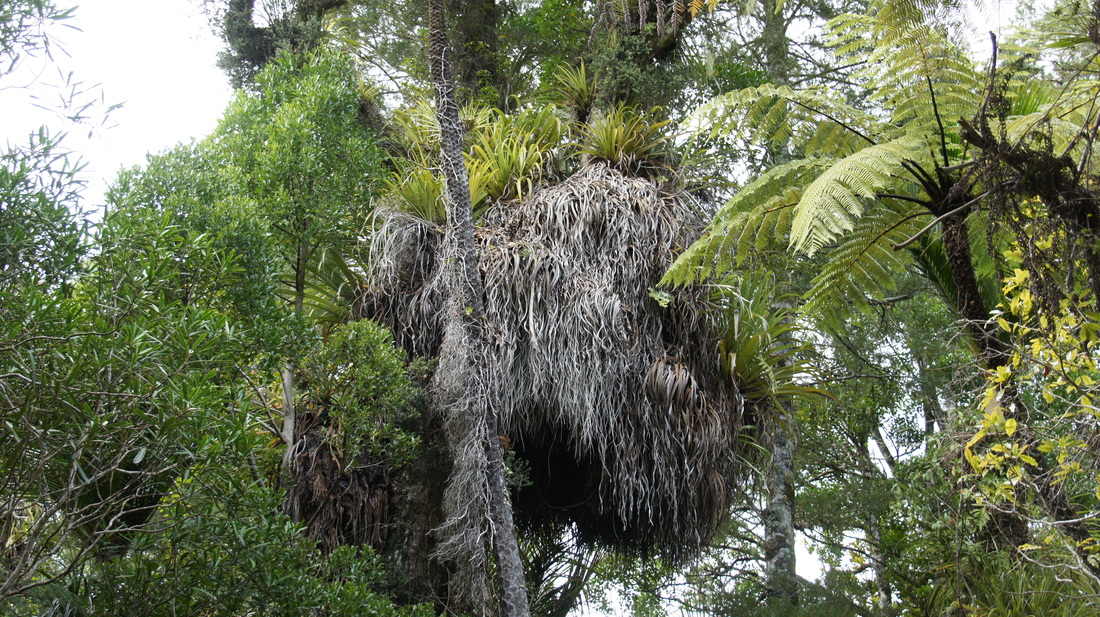

 RSS Feed
RSS Feed
